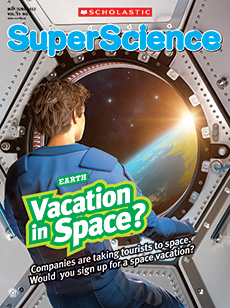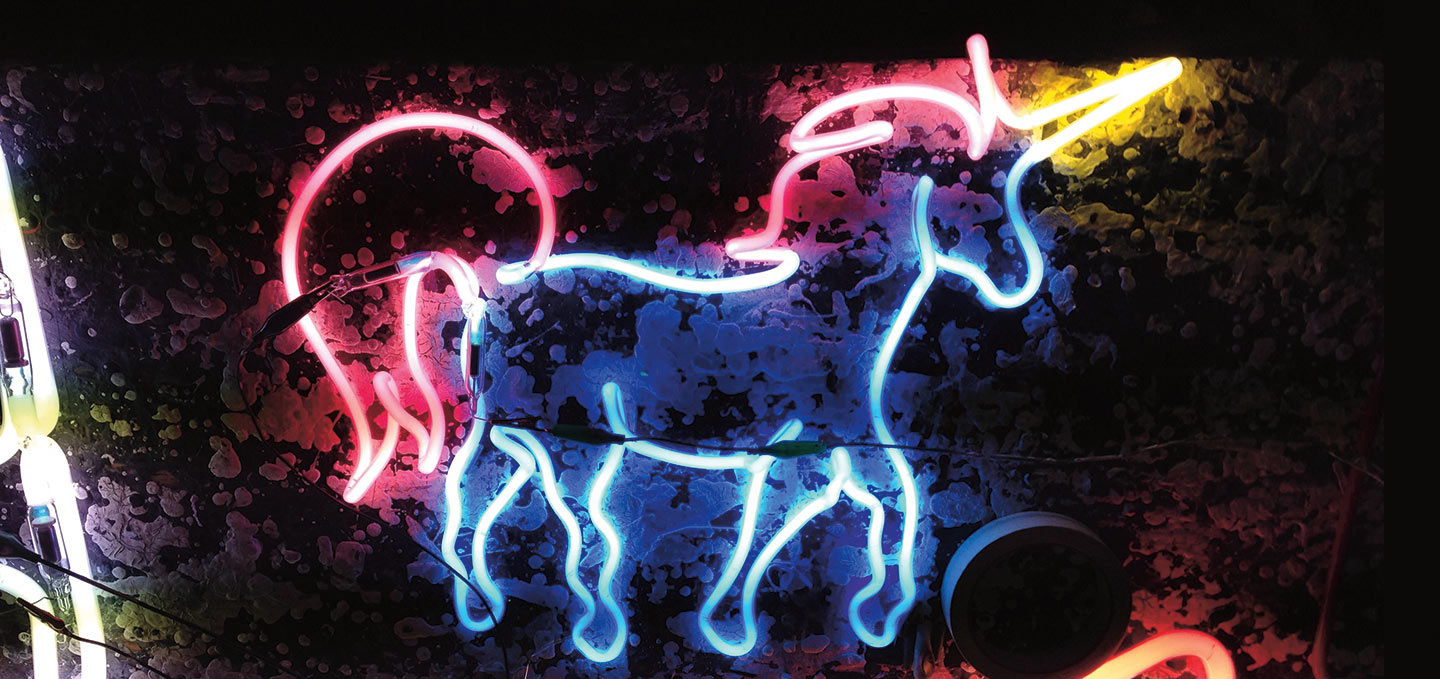David Ablon once made a glowing castle to decorate a fish tank. Another time, he worked with fashion designers to create dresses that lit up on the runway.
Ablon is a neon artist. He sculpts colorful designs out of electrified glass tubes—better known as neon lights.
Ablon learned to make neon art in college. Now he owns his own studio in New York City. By understanding the properties of the materials he uses, he can make sure his creations will last. “We can make lamps that have a life span of decades,” he says.
David Ablon once made a glowing castle. He used it to decorate a fish tank. He worked with fashion designers another time. They created dresses that lit up on the runway.
Ablon is a neon artist. He sculpts colorful designs using glowing neon lights.
Ablon learned to make neon art in college. Now he owns his own studio in New York City. Different materials go into his creations. And he has to understand their properties. That way, he can make art that lasts. “We can make lamps that have a life span of decades,” he says.

